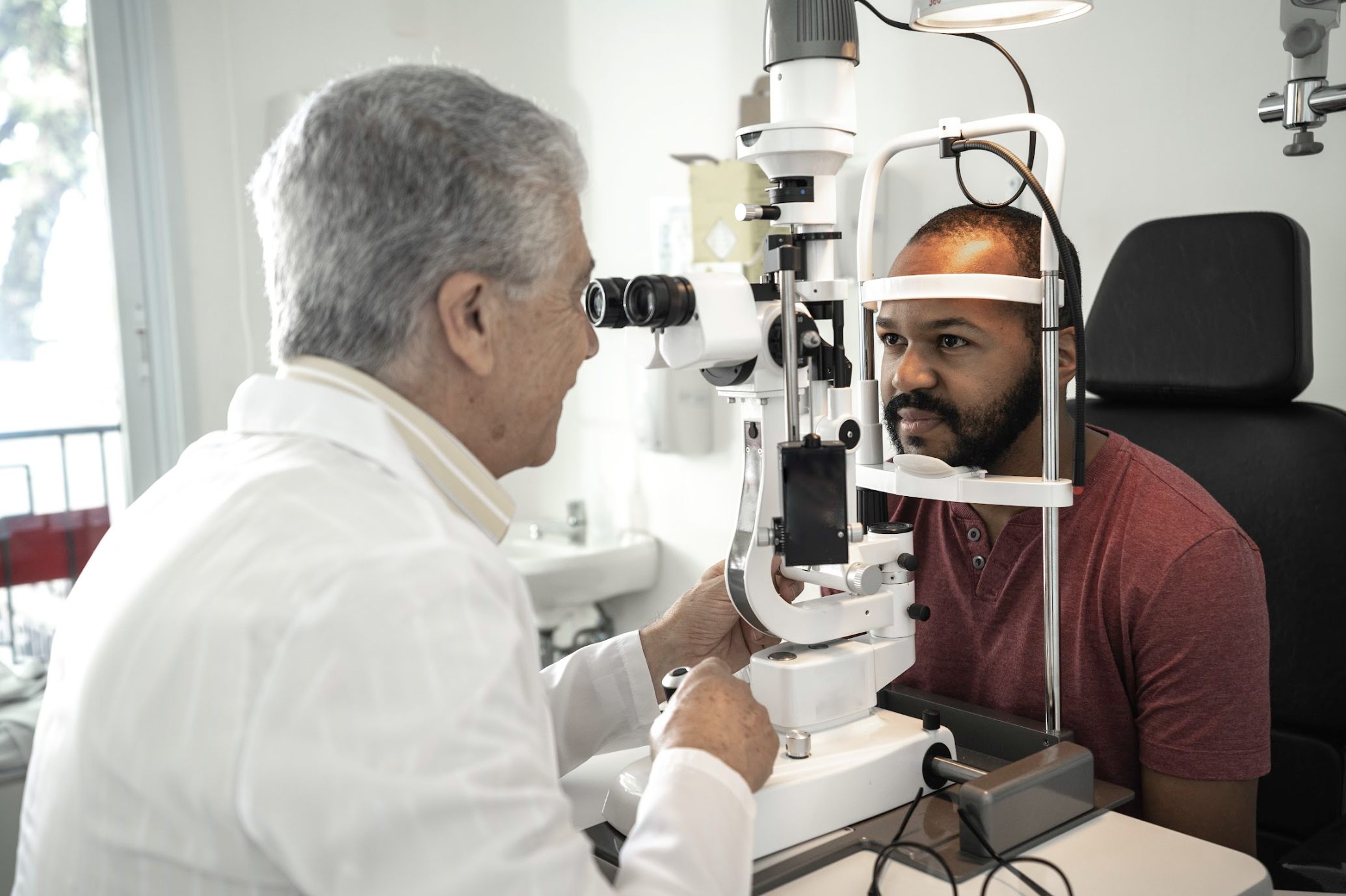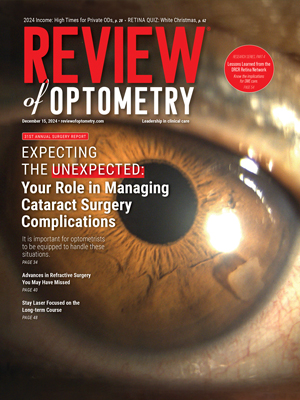 |
| When comparing individuals living in distinct neighborhoods, the cumulative effect of multiple risk factors may be more important than socioeconomic and environmental variables alone among individuals of African ancestry, study shows. Photo: Getty Images. |
Glaucoma is known to disproportionately affect individuals of African ancestry, with primary open-angle glaucoma (POAG) being more prevalent and severe in this population compared to white Americans. Limited research has explored the impact of neighborhood quality and socioeconomic factors on POAG risk in Black individuals. Authors of a recent study aimed to address these gaps, and they found that socioeconomic status did not significantly protect against the disease in these individuals, arguing that individual factors were more influential. The team’s paper on the work was recently published in the British journal Eye.
The study included 5,192 African ancestry individuals (3,039 controls and 2,153 glaucoma cases) from the Philadelphia area using data from the Primary Open-Angle African American Glaucoma Genetics (POAAGG) study.
Higher glaucoma risk was associated with older age, male sex, lower BMI and abstinence from alcohol. Insufficient food access was more common in controls, and severe POAG cases were associated with lower homeownership rates. However, most socioeconomic and environmental factors, such as air quality, education, income, occupation and family structure, were not significantly linked to POAG risk or severity.
The findings revealed associations between severity of POAG and individual-level risk factors, including BMI, diabetes, alcohol use and smoking. Notably, the link between severe POAG and lower homeownership underscored the potential impact of socioeconomic factors on disease progression, emphasizing the importance of early detection and regular eye exams in vulnerable populations.
“Considering that early stages of glaucoma are asymptomatic, and patients living in areas of low SES tend to have less access to primary care, we might rationalize that subjects who lack the financial stability to own their home may be at higher risk for severe disease,” the authors wrote. Additionally, the authors added, renters might be less likely to establish long-term relationship with a primary care provider which can limit access to regular eye exams.
“Although our study did not show that household income or education were associated with glaucoma diagnosis or severity, it is still important to consider that patients with low SES are more likely to receive a later diagnosis and present with more severe POAG,” the authors wrote. “Limited financial resources can hinder affordability and timeliness of eye exams, medications and surgery, contributing to disease progression.”
Despite the assumption that higher SES provides better access to healthcare resources and should correlate with reduced disease severity, these findings indicate that most socioeconomic and environmental variables alone do not significantly impact the burden or severity of POAG among individuals of African ancestry,” the authors wrote. “Rather, the cumulative effect of multiple risk factors may be more important when comparing individuals living in distinct neighborhoods.”
They continued that this suggests that the protective effects of higher SES may diminish in relation to POAG, pointing to other factors—such as genetics and heritability, disparities in healthcare access and quality of care, and the effects of chronic stressors linked to systemic and structural racism—that could play a more substantial role in glaucoma outcomes. “To develop targeted interventions, further research is needed to understand and address the social determinants of health that contribute to the significant racial disparity in glaucoma,” the authors concluded.
| Click here for journal source. |
Mamidipaka A, Shi A, Lee R, et al. Socioeconomic and environmental factors associated with glaucoma in an African Ancestry Population: findings from the Primary Open-Angle African American Glaucoma Genetics (POAAGG) study. Eye. November 6, 2024. [Epub ahead of print.] |


